
Facing increasing demands to streamline product development life cycles and boost product performance, engineering teams in all industries require the most advanced simulation technology. For optimal performance, simulation solvers must operate seamlessly across all physics and among all members of an engineering team.
Ansys 2020 R1 continues to integrate simulation throughout product life cycles, from ideation to virtual testing to operation, with Ansys Minerva. This cutting-edge platform spurs collaboration within global engineering teams and increases data sharing to innovate product designs and slash development costs.
Minerva enables unprecedented access to the broadest selection of the most accurate, physics-based simulation software in the world. Ansys 2020 R1 introduces many trailblazing enhancements to these technologies, driving unrivaled engineering productivity.
Ansys 2020 R1 includes enhancements to Ansys Mechanical to help engineers design complex, highly nonlinear and extremely large models. This release also features a greatly simplified workflow in Ansys Fluent, so even novice engineers can execute complex multiphase simulations quickly and easily.
Other portfolio upgrades include dynamic new tools for Ansys HFSS SBR+ and Ansys Maxwell that substantially improve processes for electronic/electromagnetic design. 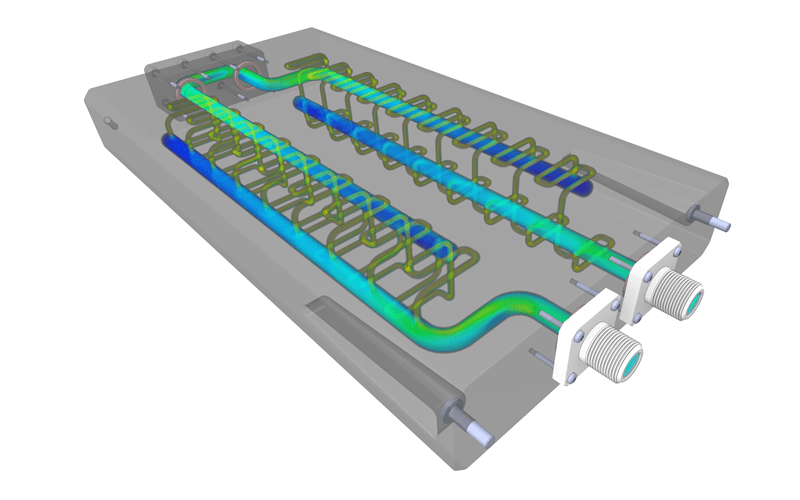
3D Design
Explore more designs quickly in Ansys Discovery Live with changes to the structural solver to improve accuracy for thinner geometries, and with a newly introduced steady-state fluids solver. Get upfront design insights with the addition of manufacturing constraints and multi-analysis optimization for topology optimization capabilities.
With Ansys Discovery AIM, you can now simulate rubber components with an easy-to-use, guided workflow. Structural materials data have also been expanded to include orthotropic elasticity and simulation of composite laminates.
New autoskin features in Ansys Discovery SpaceClaim enable you to easily combine analytic geometry with autoskinned patches during reverse engineering. In addition, new minimal surface lattices increase efficiency in additive manufacturing applications.
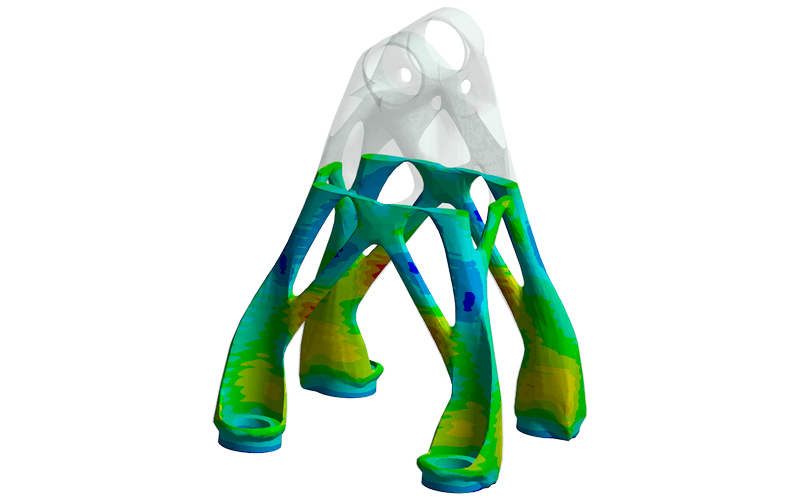
Additive Manufacturing
Ansys 2020 R1 features major advances in additive manufacturing (AM) simulation capabilities throughout the AM product line:
- Ansys Additive Prep features expanded capabilities in the build processor so you can change laser parameters. Building on its capability to write files to SLM machines, it now lets you write files to EOS machines.
- Workbench Additive now offers inherent strain simulation in addition to thermal–structural additive simulation. Ansys Additive Print to Workbench Additive workflow for cutoff scenarios has been introduced.
- Additive Print now supports J2 Plasticity. It also accepts laser beam inputs for the thermal solver.
- Aluminum alloy AlSi10Mg has been validated for all simulation types in Additive Print and Additive Science.
- Additive Print and Additive Science have been improved for increased accuracy and faster run times.
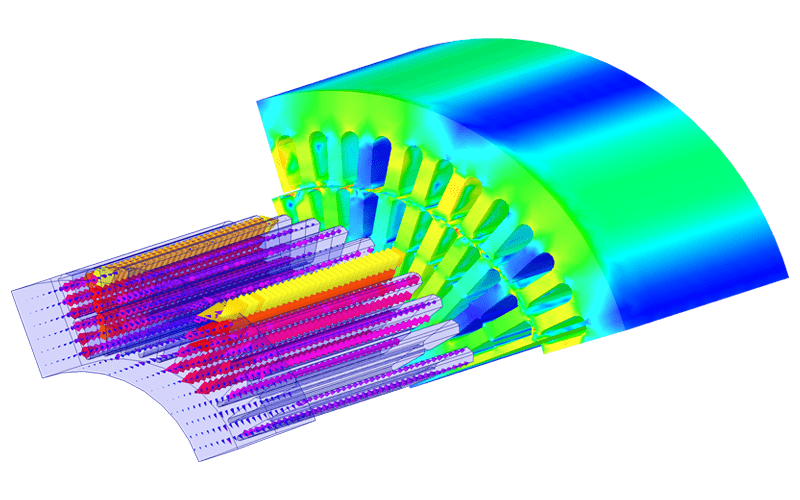
Electromagnetics
Ansys 2020 R1 delivers electromagnetic field simulation solutions to aid our customers’ pursuit of the engineering megatrends of autonomy, 5G connectivity, electrification and energy efficiency. New features include:
- Ansys HFSS SBR+ offers creeping wave physics for installed antenna analysis and placement studies, thus increasing the accuracy of modeling antennas integrated into objects with curved attributes.
- EMI Xplorer in Ansys SIwave helps to assess and mitigate potential board- and package-level EMI problems prior to running simulations early in the design cycle.
- Ansys Maxwell enables harmonic force coupling, enhancing the accuracy of the electromagnetic and vibroacoustic design of electric vehicle powertrains, transformers, turbomachinery and other electric machines.
- Ansys Cloud has been extended in Ansys Electronics Desktop to include electrothermal simulations involving Ansys Icepak. Additionally, Icepak supports steady-state or transient thermal analysis for a variety of low- and high-frequency applications.
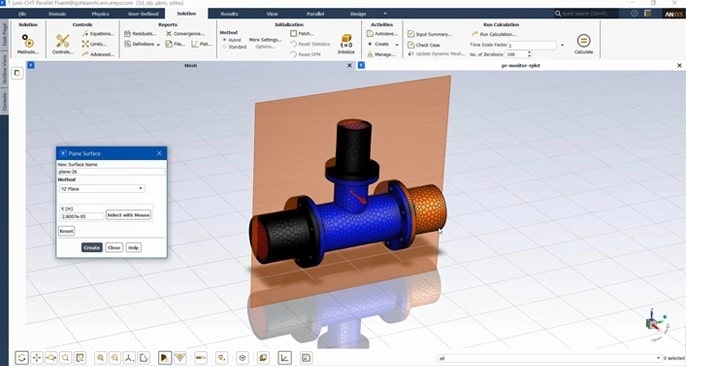
Fluids
Ansys Fluent offers a new experience that enables novice or expert users to run robust computational fluid dynamics (CFD) simulations in less time and with less training than ever before. Easy-to-use, task-based meshing workflows and Mosaic technology — coupled with Fluent’s CFD solvers — deliver great results, without compromise.
Easier to use
A streamlined workflow facilitates multiphase simulation setup. A single, tabbed panel organizes setup into a logical, step-by-step flow. In a benchmark gas–liquid pipe flow simulation, the new setup proved 25% faster.
More CFD solutions
- An algebraic interface area density (AIAD) model accurately simulates complex multiphase regime transitions.
- A detailed electrochemistry model optimizes lithium-ion battery cells.
- Harmonic analysis in Ansys CFX is 2X faster and can now solve for multiple base frequencies.
- Complex fluid-structure interaction problems can be set up and solved faster and more easily.
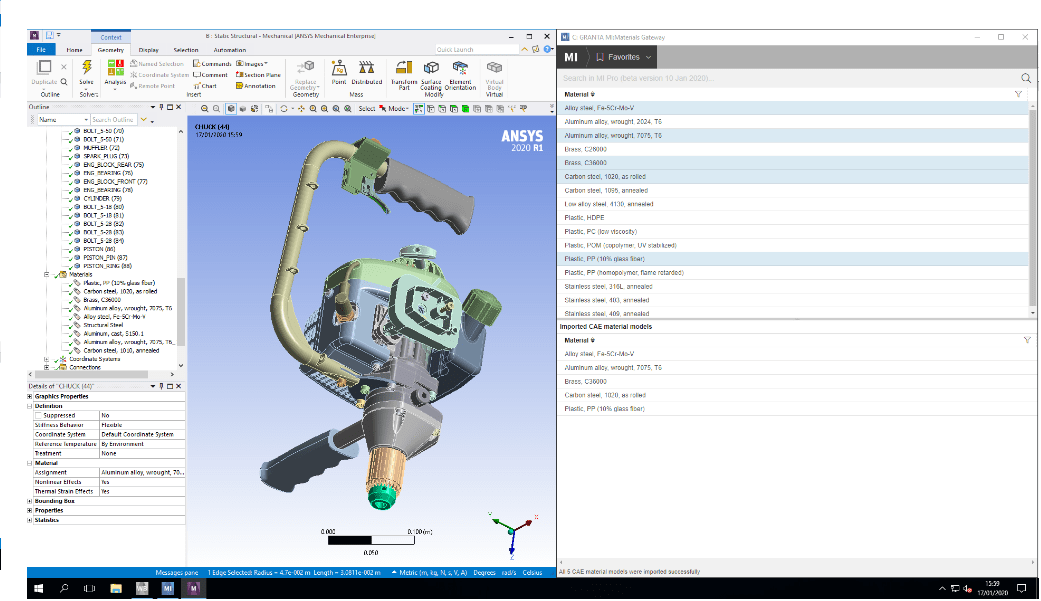
Materials
Accurate materials information is essential for any product development organization, particularly one aiming to make pervasive use of simulation. In Ansys 2020 R1, Ansys GRANTA MI has an enhanced user experience, which supports the rollout of the gold standard corporate materials information management system across large engineering enterprises. With GRANTA MI, you can ensure consistency, lower risk, increase efficiency and drive innovation.
A new product, Ansys GRANTA MI Pro, is an easy-to-implement, focused version of GRANTA MI, designed as a fast-start option for design and simulation teams. This product provides CAD and CAE users with direct access to reliable materials reference data from Ansys Granta, alongside managed lists of in-house materials and their approved properties.
Ansys 2020 R1 also enhances the data in the GRANTA Materials Data for Simulation dataset, available within Ansys Mechanical and Ansys Electronics Desktop.
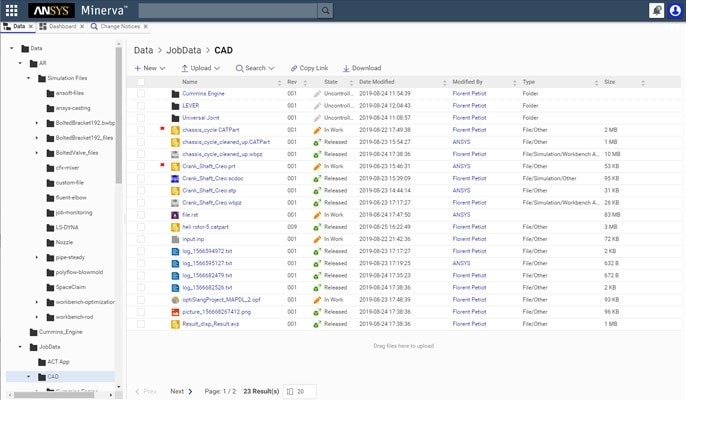
Platform
Ansys Minerva improves the organization of product life cycle data. It facilitates version control, 3D visualization, collaboration and data reuse. New integration with high-performance computing (HPC) systems and CAE tools streamlines process challenges. The new release incorporates enhancements to dashboards, configuration management, metadata handling, the Ansys Workbench client connector and job submission workflow, and project updating in Ansys optiSLang.

Structures
Ansys 2020 R1 empowers Ansys Mechanical users to go further than ever before with enhancements to improve the handling of complex, highly nonlinear and massively large models.
Enhancements include:
- Additional functionality directly in Mechanical for streamlined workflows, including cross sectional assignments for line bodies, post-processing of reinforcements and easy drag-and-drop external models
- Improved topology optimization validation workflows so you can now go directly from a tessellated optimal shape to meshing and validation of the final design
- Full migration of Ansys AQWA, a hydrodynamic analysis tool, into Mechanical, including new technology such as the ability to transfer generated loads to other analysis systems
- Enhanced integration of LS-DYNA into the Ansys Mechanical interface following our recent acquisition of LSTC
- Quicker solve times in Ansys Sherlock, which now uses Ansys MAPDL as its default FEA engine, along with consolidation of application settings and the ability to configure multiple part libraries

Systems
Ansys 2020 R1 contains two new systems solutions: Ansys VRXPERIENCE Light Simulation and Ansys medini analyze for Cybersecurity, along with a new Battery Wizard in Ansys Twin Builder.
VRXPERIENCE Light Simulation makes the illumination of automotive product designs easier. It combines visual design and advanced engineering review by connecting Autodesk VRED design visualization software and Ansys’ physics-based lighting simulations. The result is a photorealistic visualization of vehicle interior and exterior lighting.
Ansys medini analyze for Cybersecurity provides systematic analysis and assessment of security threats to cyber–physical systems, starting early in the design stage. medini analyze also supports safety analysis of the intended functionality (SOTIF) of systems, which makes autonomy (autonomous vehicles, air taxis, etc.) possible.
With the Ansys Twin Builder Battery Wizard, you can easily construct battery cells and assemble them into battery modules. It also streamlines model creation and parameterization of ECM cells and modules.
Please specify "Source Advantech, Jsc." or "According to www.advantech.vn" if you want to disseminate this information


